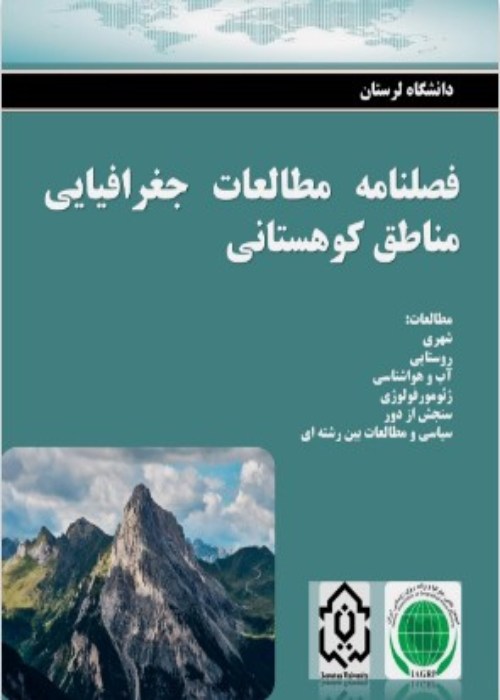Investigating the effects of development stimulating projects on the quality of the environment of the central neighborhoods of Tehran (case study: Harandi neighborhood)
The most important goal of this article was to identify and explain the effects of developmentstimulating projects with a regeneration approach on the quality of the environment of the central fabric of Tehran, as well as the mechanisms of such effects. The theoretical basis and conceptual framework of this research was based on the approach of regeneration and the approach of sustainable urban environment quality. The methodology structure of this article is based on the quantitative method and specifically the survey method. Harandi neighborhood is a symbol of a central fabric neighborhood that has faced many problems from different aspects of the urban area and various interventions have been made in it, it was chosen for investigations and obtaining more accurate results for this study. The statistical population of the survey included the residents of Harandi neighborhood aged 15 and above, based on Cochran's formula, 378 people were selected as the sample size, but in order to strengthen the results of the survey, this number was increased to 400 people and the questionnaire was distributed. The results of this article showed that despite the implementation of many measures in the central context of Tehran city, not much positive changes have been made in the quality of the living environment and its activities. The results of Pearson's correlation test showed that there is a significant relationship between the quality of implementation of development stimulating projects and the quality of the living environment and activities of residents in the central context. The correlation value between the two also showed. The results of the regression analysis showed that the intervention measures in different areas are effective on the quality of the environment of the neighborhoods of the central city of Tehran, and among them, the variable "quality of physical measures" has the highest influence value with a beta coefficient and the variable " Quality of environmental actions" had the lowest beta coefficient. Also, the quality of the implementation of physical-spatial measures by organizations and institutions is influenced by components such as the quality of decisions, policy making, participation and implementation of measures in the environmental and socio-cultural fields. The quality of environmental measures has been most influenced by the way decisions are made and the quality of the implementation of measures in the social and cultural spheres.
- حق عضویت دریافتی صرف حمایت از نشریات عضو و نگهداری، تکمیل و توسعه مگیران میشود.
- پرداخت حق اشتراک و دانلود مقالات اجازه بازنشر آن در سایر رسانههای چاپی و دیجیتال را به کاربر نمیدهد.



